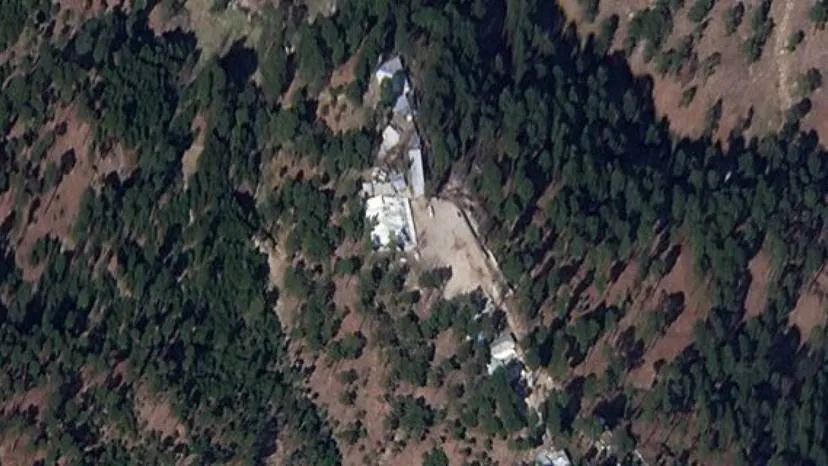

GWALIOR: The Indian air strike on a Jaish-e-Mohammed (JeM) terror camp in Pakistan’s Balakot was all over within 90 seconds. The clandestine operation was such a closely guarded secret that even the close friends or family didn’t have any clue about it.
This was revealed on Tuesday by two pilots, who were part of the predawn operation on February 26, on condition of anonymity. Indian Air Force (IAF) fighter planes destroyed the JeM camp in Pakistan’s Khyber Pakhtunkhwa’s province after entering Pakistani airspace for the first time in 48 years following Pulwama attack. The suicide bombing for which the terror group claimed the responsibility had killed 40 troopers of the Central Reserve Police Force (CRPF) in Jammu and Kashmir’s Pulwama on February 14.
“It was over in 90 seconds; we released the weapon and we flew back,” said one of the Mirage 2000 fighter pilots in the first such account of the Indian airstrike. “No one even in my family knew abou it. The next day, when news broke, my wife asked me whether I was part of the attack. I kept quiet and slept off,” he added.
Another squadron leader detailed the clandestine operation. “We flew a lot of Combat Air Patrols (CAP) mostly along Line of Control (LoC),” he said. Flying numerous CAPs along the LoC was a ploy India used to confuse Pakistan’s air defences.
The hint about some operation came only two days before the strike. “We knew something was happening, but no one had a clear picture. Number of sorties had increased manifold. Many of us were flying multiple sorties,” the second pilot said.
“While previous CAPs and sorties were without weapons, on [February] 25 at about 4pm, the Spice-2000 [missiles] was loaded on to the Mirage 2000s. The specific coordinates of the terror training camp were fed into the weapon systems,” he said. “We took off at 2am that night.”
The February 26 operation by IAF involved Mirage 2000s and 2000is that carried out the attack, Sukhoi 30s MKi that acted as decoys and were also meant to provide cover in case the Mirages were intercepted, Phalcon AWACS and Embraer AEWS mid-air refuellers, and Heron drones for photographing the targets after the attack.
The first pilot said that senior IAF officials did not change their daily routines to avoid letting anyone catch a hint of the attack. Diversion was inbuilt into the attack as the IAF fighter pack flew out, taking a circuitous route. “We deliberately took a long route, flying over the eastern part of the country and when we arrived in Kashmir, we went into radio silence,” the first pilot said. “Importantly, Pakistani fighters were nowhere near us,” he added.
Did the weapons do the needful? “Of course, they hit. We had the bull’s eye.”